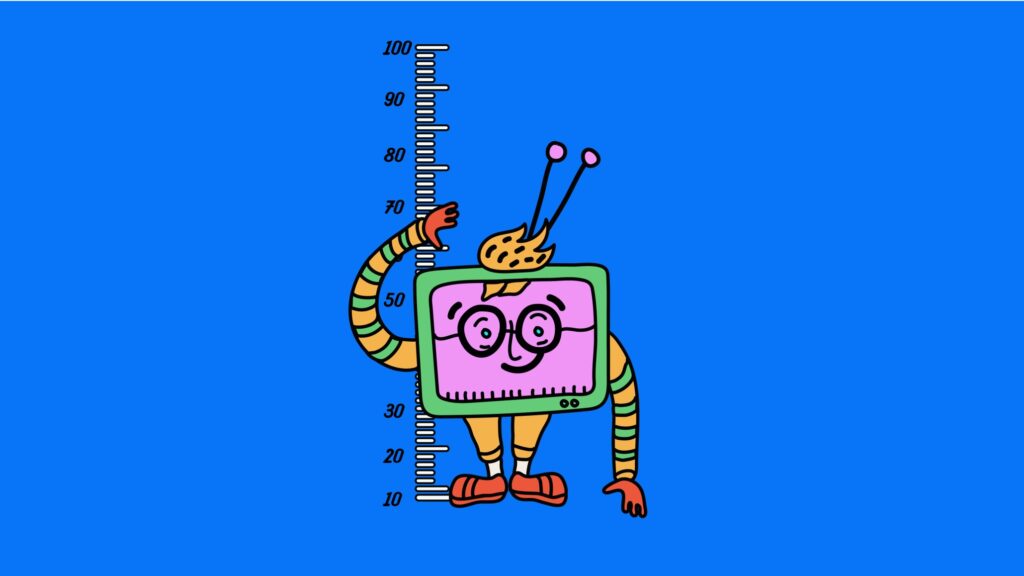
This year was set to be a tipping point for the TV and streaming industry even before the coronavirus crisis. The streaming wars would heat up even more with the entries of NBCUniversal and WarnerMedia. More people would cut the cord. More advertisers would move money into streaming. Quibi would finally launch and show whether a market exists for TV-quality short-form shows. The future of TV would come into focus.
And so it has. The crisis has accelerated some trends, like the growth of streaming viewership and the shrinking of pay-TV subscribers. But it has also introduced new developments, like the remaking of TV’s annual upfront advertising market and the shutdown of physical productions. Here are the developments that dominated the first six months of the year and will likely inform how the second half of 2020 shakes out.
Streaming viewership shift
Stuck at home, people spent more time watching TV — linear and streaming — than they did before the shelter-at-home orders hit. However, linear TV viewership has since ebbed to pre-March levels, while streaming viewership has remained high.
In the first week of June, people spent 126.1 billion minutes streaming shows and movies, up 49% compared to the first week of June in 2019, according to Nielsen. That suggests that audiences have established new streaming habits since March that are likely to outlast the quarantine.
Then consider the accelerated rate of people canceling their traditional pay-TV subscriptions in the first quarter of 2020:the pay-TV subscriber bases for Altice, AT&T, Comcast and Verizon shrunk by 11%, according to Rich Greenfield, a partner at research firm LightShed Partners. Therefore, even if audiences return to linear TV as live sports return, they may be just as likely to sign up for a streaming pay-TV service as a cable or satellite subscription, reinforcing the shift to streaming.
Upfront undone
TV advertising’s annual upfront marketplace had already outlived the era when advertisers could pick out prime-time TV shows months in advance and be rest assured the shows would deliver a large audience of potential customers. The upfronts will outlive the current economic downturn — but it won’t be the same.
As advertisers tried to squirrel away whatever money they could, they asked TV networks to be let out of their upfront commitments. Now, as the next round of upfront negotiations kick off, they are asking for more flexibility to be written into their deal terms, such as the option to cancel a larger portion of their committed dollars closer to when a quarter begins.
TV networks have their own businesses to consider, though. If they don’t know how much advertising revenue they will be sure to receive in a given quarter, they may be pressed to pay less for the programming that attracts the audiences that advertisers are after. If that were to happen, it may only push more people to tune out traditional TV and into the arms of the surging streaming services.
Streaming wars’ battlefield expands
The streaming wars have centered on companies like Disney and WarnerMedia duking it out with Netflix for people’s subscription budgets. That battle is still being fought, with 41% of streaming subscribers canceling at least one subscriptionduring the first quarter of 2020, per research firm Parks Associates. However, there is another battle underway on the ad-supported front.
While Hulu and YouTube have dominated the ad-supported streaming market for years, Amazon and Roku have been building up their connected TV ad businesses, including their own ad-supported streaming properties like Amazon’s IMDb TV and Roku’s The Roku Channel. And the TV companies are no longer treating streaming as a side business. Disney, Fox, NBCUniversal and ViacomCBS each now own ad-supported streaming services that are not tethered to their pay-TV businesses.
This leveling of the playing field among pure-play streamers, CTV platforms and TV networks — combined with the streaming viewership surge — will likely lead to more money moving from linear TV to streaming, and staying there.
Short-form’s small market
Quibi founder Jeffrey Katzenberg has blamed coronavirus for the mobile video app’s disappointing debut. But Quibi’s struggles likely have more to do with the market it’s in than people being out of the office.
Quibi is not the first company to try to get people to pay to watch short-form programming. Verizon’s now-defunct Vessel and YouTube, through YouTube Red, have tried and failed. Meanwhile, Verizon’s Go90 couldn’t get people to tune in despite giving its app away for free.
That’s not to say there isn’t audience for high-quality short-form shows. Snapchat has more than 60 short-form shows that attracted at least 10 million viewers each month in the first quarter of 2020. Given Snapchat’s success and Quibi’s failure so far, the issue seems to be that viewers aren’t interested enough in short-form shows to install an app specifically for that purpose, not to mention to pay to watch them.
Production on pause
The shutdown of physical production may have as lasting an impact as any other effect of the coronavirus on the future of TV. TV networks’ and streaming services’ programming plans have been disrupted and producers have had to adapt to shooting shows remotely. Freelancers have been put out of work.
Even as companies prepare to return to production, they have to take precautions not only to protect talent and crews, but also have contingency plans in the event of another production shutdown. The stop and slow restart may seriously crimpnetworks’ and streamers’ programming pipelines. Considering that programming underpins the entire industry — content being king and all — that impact will have a wide-ranging ripple effect, the beginnings of which we will see in the back half of 2020.
Credit: published 7/1/20, Apple News by digiday.com
